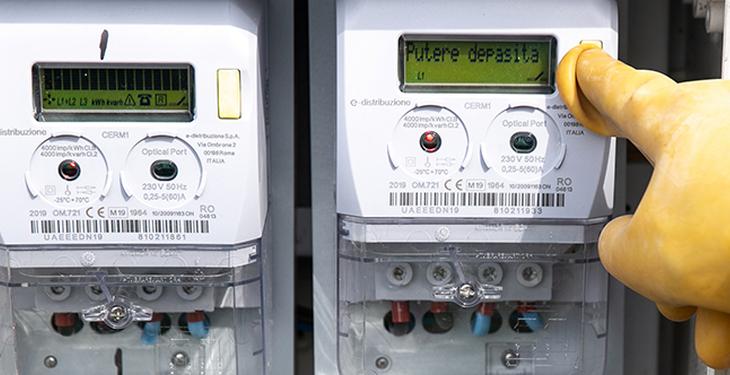The price paid by the population for electricity has increased by 50% since 2009; more than half of the increase took place in 2013 when one MWh was 132.3 euros. In 2020, the price paid by the population for an MWh had reached almost 146 euros, according to European Union data. In the EU-27, on average, electricity prices have risen by 27.78% in the last 11 years.
In the last decade, Romania registered the third-fastest pace of price increase for household electricity – 49.49%. Bigger increases were recorded only in France (56.97%) and Lithuania (49.95%). Comparable evolutions also took place in Belgium (45.72%), Greece (45.06%) and Spain (41.98%).
In Bulgaria, the price rose by 21%, while in the Czech Republic, the price was 26.5% up in 11 years. In fact, all EU-27 countries have seen increases, with one exception: the price paid by households in Hungary has fallen by more than 30% from 2009 to 2020, from 148 euros per MWh to 103 euros per MWh.
People in Hungary paid in 2020 the same price for electricity as Romanians paid in 2010! In the same period (2010-2020), the average net income rose in Romania from 2,341 euros to 4,846, an advance of 104.3%, while in Hungary, the increase was 56.7%, from 4,631, at 7,258 euros. Also, in terms of the minimum gross salary, it has risen rapidly in Romania, by 70% in five years, since 2017, reaching 466 euros (PPS) in the first half of 2021, while in Hungary it is 476 euro (PPS), an increase of only 16%.
In Romania, most of the increase in electricity prices has already been assimilated, given that the main shock occurred in 2013 (+26% compared to 2012), followed by the one in 2018 (+11.2%, compared to 2017 ). The price also increased by 1.88% in 2019, to 135.8 euro/MWh, and by 7.44%, in 2020, to 145.9 euro/MWh.
The lowest price for households, as it is currently available on the ANRE website, is 123 euros per MWh and is offered by Hidroelectrica, while the offerings from the large incumbent electricity suppliers are around 154-156 euros per MWh. These prices are about 5.5% – 7.5% higher than in 2020.
